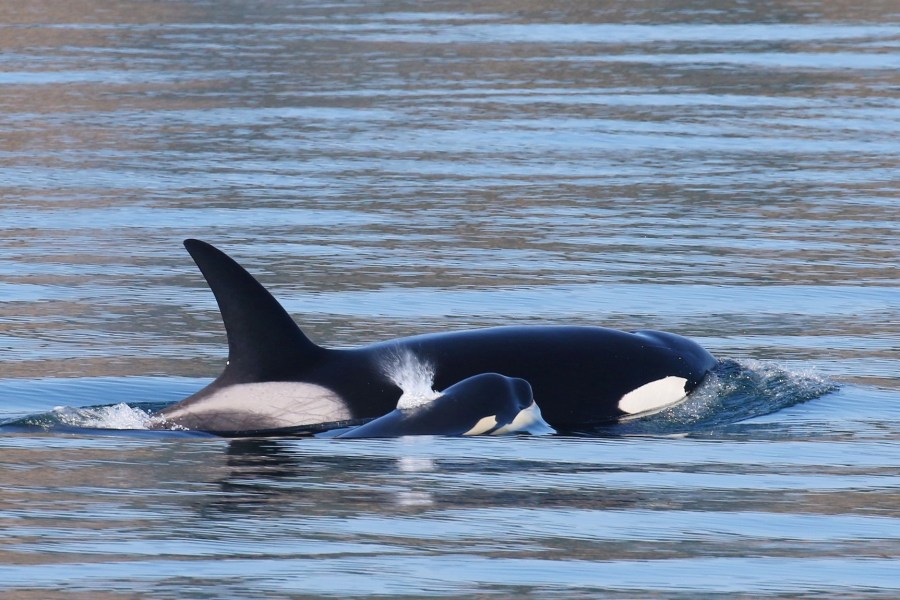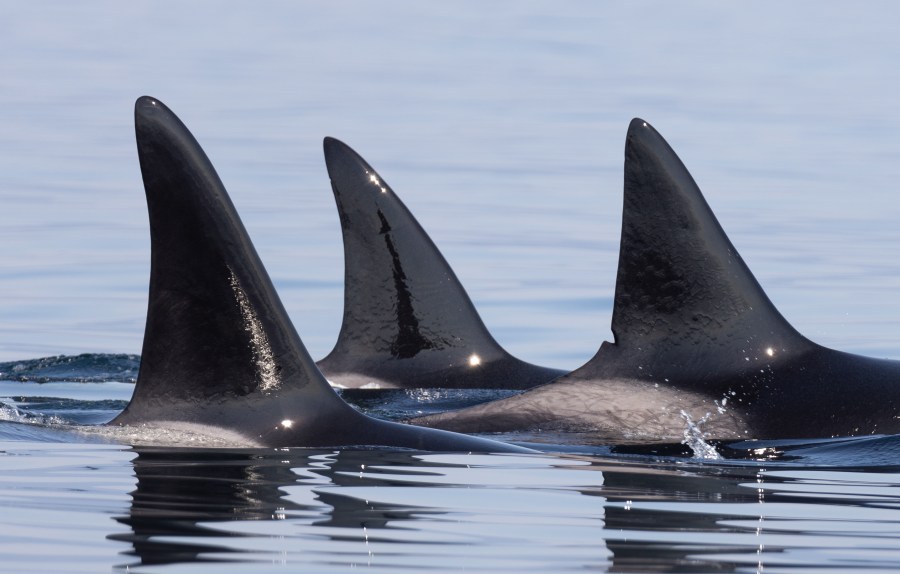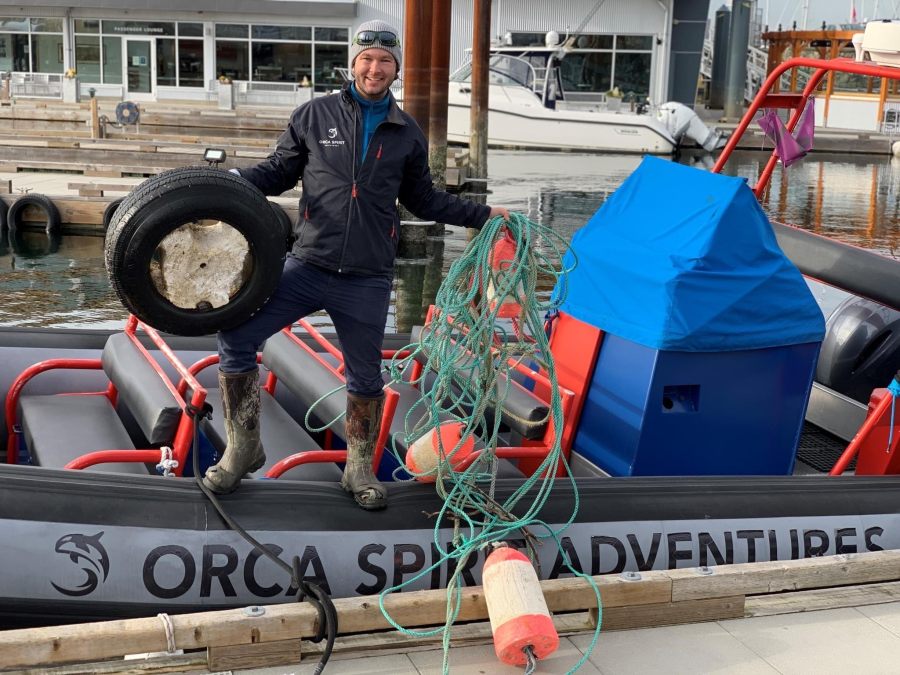PORTLAND, Ore. (KOIN) – A record number of Bigg’s killer whales and humpback whales were spotted in the waters of British Columbia and Washington state in 2022, according to the Pacific Whale Watch Association and the Orca Behavior Institute.
This new record comes after the two agencies announced that 2021 had also been a record-breaking year for the presence of Bigg’s killer whales in the Salish Sea in 2021. The Salish Sea is the area that includes the Strait of Georgia, Puget Sound, and San Juan Islands.
The PWWA operates year-round whale watching tours in and around the Salish Sea and said Bigg’s killer whales and humpback whales were the two types most frequently documented by whale watchers in 2022.

Whale watchers reported seeking Bigg’s killer whales on 278 days, humpback whales on 274 days, Gray whales on 200 days and minke whales on 158 days of the year.
The PWWA said these sightings indicate signs of progress within the Salish Sea ecosystem. However, the southern resident killer whale population remains endangered and whale watchers rarely encountered these whales.
The southern resident killer whales eat salmon whereas the Bigg’s killer whales feed on marine mammals. The decrease in large Chinook salmon has caused a correlating decline in southern resident killer whales, researchers say.
Bigg’s killer whale populations, however, have been increasing steadily for the past decade.
According to the Orca Behavior Institute, which compiles sightings from whale watchers, regional sightings groups and community scientists, there were 1,221 unique sightings of Bigg’s killer whales throughout the Salish Sea in 2022. A unique sighting is a sighting of a specific group of whales on a single day. It does not include repeat reports of the same whales on the same day.
The number of sightings in 2022 is 154 sightings more than 2021’s record and double the number of Bigg’s killer whale sightings recorded five years ago, in 2017.
The PWWA also recorded a single-day record in 2022 with more than 70 Bigg’s killer whales seen in waters from Hood Canal in Washington to Vancouver Island’s Campbell River region in British Columbia.
The Bigg’s killer whale population is listed as threatened in Canada, but the British Columbia research group Bay Cetology said in recent decades, the population has grown thanks to immigration, low mortality and high reproduction rates. Scientists believe it’s all correlated with increased prey available.
“When Bigg’s were first studied in the Salish Sea, it was just after the implementation of the Marine Mammal Protection Act,” said Monika Wieland Shields, director of Orca Behavior Institute. “In the decades since, seals, sea lions, and porpoises have all recovered in spectacular fashion. The Salish Sea can now support many more killer whales than it used to, and clearly word has spread.”
Bay Cetology estimates Bigg’s killer whales gave birth to 10 new calves in 2022.
The Bigg’s killer whale is named after pioneering killer whale researcher Dr. Michael Bigg.


While the Salish Sea has proven a hospitable territory for Bigg’s killer whales, it’s also becoming one of the best places to observe humpback whales.
The Canadian Pacific Humpback Collaboration announced on Dec. 14 that in 2022, at least 396 individual humpback whales were documented in the Salish Sea, the highest number ever documented since record collecting began over a century ago.
That number includes 34 mother whales with their first-year calves.
“20 years ago, it was rare to see humpbacks or Bigg’s killer whales in the Salish Sea. Now, we see them almost every day. It really demonstrates what’s possible if animals have an ample food supply,” said Erin Glass, executive director of the PWWA.

The PWWA also keeps track of how many sentinel actions or protective interventions are performed by professional whale watchers during the course of a wildlife torch. This includes stopping other vessels from speeding near whales, and alerting other ships when whales are nearby. They can also remove debris that could cause whales to become entangled.
In 2022, PWWA captains, naturalists and crewmembers documented 1,066 sentinel actions.
